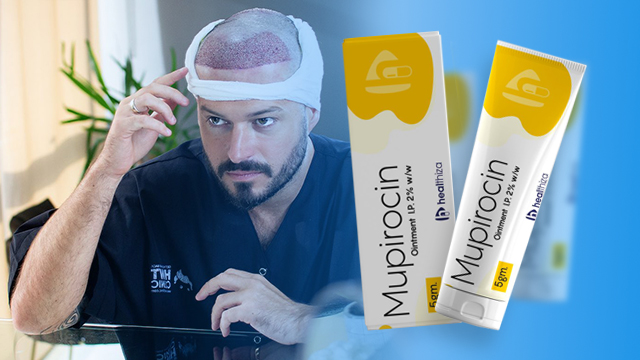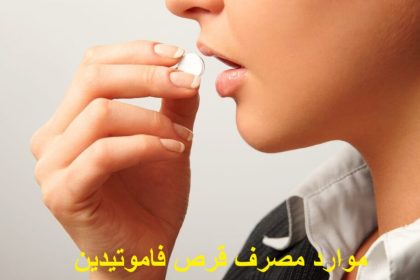
Follow this article to the end to learn about the uses of 2% mupirocin ointment and how to use it.
Mupirocin ointment 2% and how to use it
Mupirocin ointment is a topical antibiotic medication used to treat skin infections caused by bacteria, such as impetigo, boils, or open wounds. This ointment works by killing bacteria or preventing their growth. Mupirocin is effective against a wide range of bacteria, including Staphylococcus aureus and Streptococcus pyogenes. In this article from Alamo, we will tell you what 2% mupirocin ointment is for + how to use 2% mupirocin ointment.
Also read: Triamcinolone ointment for vagina
What is 2% mupirocin ointment for?
Mupirocin 2% ointment is a topical antibiotic that is effective against a wide range of bacteria that are involved in skin infections. Mupirocin 2% is used for topical treatment of the following primary and secondary skin infections caused by sensitive strains of staphylococcal and streptococcal species:
- impetigo
- folliculitis
- furunculosis
- Octima
- Infectious dermatoses such as eczema, psoriasis, atopic dermatitis, epidermolysis bullosa and ichthyosis, infectious traumatic lesions such as wounds, minor burns, scratches, cuts, wounds
Mupirocin Ointment can also be used prophylactically to prevent infection and heal minor burns, biopsy sites, minor cuts, and other clean wounds.


How to use mupirocin ointment 2%
A small amount of ointment should be applied to the affected area three times a day and covered with gauze if necessary. It should not be mixed with any other medicine as it may reduce its potency.
Depending on the response, daily treatment for up to 10 days may be needed. Any remaining ointment at the end of the treatment should be discarded. It is necessary to use mupirocin only as directed by the doctor, because indiscriminate use can lead to the development of bacterial resistance.
Also read: The best ointment for vaginal burning
How to use 2% mupirocin ointment for stitches
To use mupirocin ointment for sutures, follow the general steps below:
1. Wash your hands: Before using the ointment, wash your hands well with soap and water to avoid contamination.
2. Clean the area: Clean around the stitches gently with mild soap and water, then dry with a clean towel or gauze.
3. Apply a thin layer of ointment: Using a clean cotton swab or gauze, apply a thin layer of mupirocin ointment to the stitches and surrounding skin. Avoid taking large amounts of it, because it does not increase the effectiveness of the drug.
4. Cover with a bandage: If necessary, cover the area with a clean bandage or dressing to protect from further contamination and contamination. Change the bandage if needed.
5. Repeat as instructed: Use the ointment as directed by your doctor, usually several times a day for about a week or until the stitches are removed.
6. Monitor the symptoms of infection: Watch the area for signs of infection, such as increased redness, swelling, or discharge. If these symptoms appear or worsen, call your healthcare provider.
How to use 2% mupirocin ointment after hair transplant
Necrosis, which means the death of cellular tissue, is one of the complications of hair transplantation in the recipient area. This condition causes skin tissue color change and pain in that area. Mupirocin ointment is sometimes recommended after hair transplant surgery to help prevent infection and help with healing. Here is how to use mupirocin ointment after hair transplant:
1. Follow your surgeon’s instructions: Always follow the specific instructions provided by your hair transplant surgeon, as they may have specific recommendations based on your individual needs.
2. Apply a thin layer: Gently apply a thin layer of mupirocin ointment to the affected areas, including the donor and recipient sites, as directed by the surgeon. Typically, this is done several times a day for about a week or until the area is sufficiently healed.
3. Clean the place: Before using the ointment, clean the area with a mild cleanser and water and dry with a clean towel or gauze.
4. Avoid excessive consumption: Using too much ointment will not improve and may increase the risk of side effects.
5. Control the symptoms of infection: Watch for signs of infection such as increased redness, swelling, or discharge. If these symptoms appear or worsen, contact your hair transplant surgeon immediately.
Also read: Ointment for vaginal itching
How to use 2% mupirocin ointment for boils
Although in some sources it is recommended to use this ointment for boils, but this is not the best option. Mupirocin ointment is not usually used as a treatment for acne because it is an antibiotic designed to target bacterial infections. Acne is usually caused by a combination of factors, including overproduction of sebum, clogged pores, inflammation, and the presence of a specific type of bacteria called Propionibacterium acnes.
Using mupirocin for acne may not be effective and may even contribute to antibiotic resistance. Instead, other treatment options, such as over-the-counter (OTC) products containing benzoyl peroxide, salicylic acid, or other active ingredients, can help kill bacteria, open pores, and reduce inflammation.
last word
In this article from Alamo, we told what 2% mupirocin ointment is for + how to use 2% mupirocin ointment. You should note that this ointment is produced to treat diseases caused by bacteria, so using it for herpes or other viral diseases will not be effective.
RCO NEWS
RCO
















